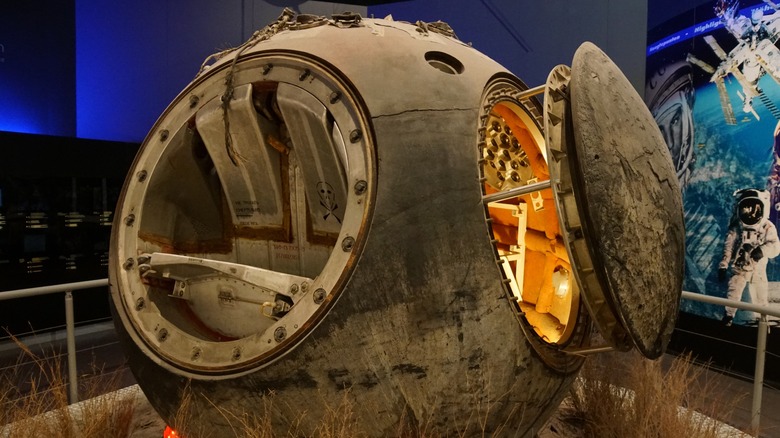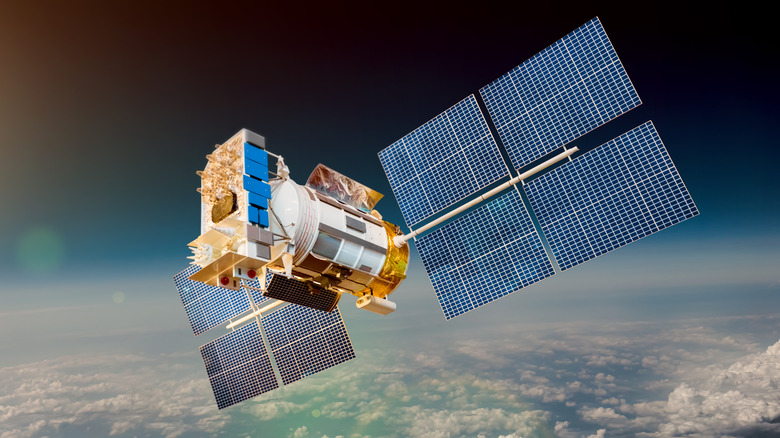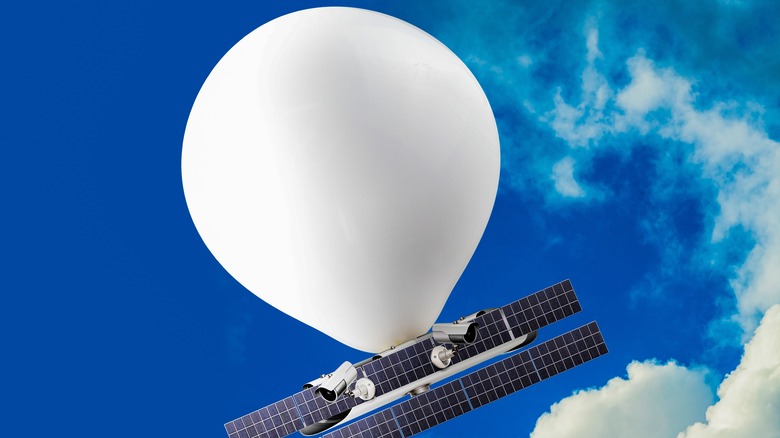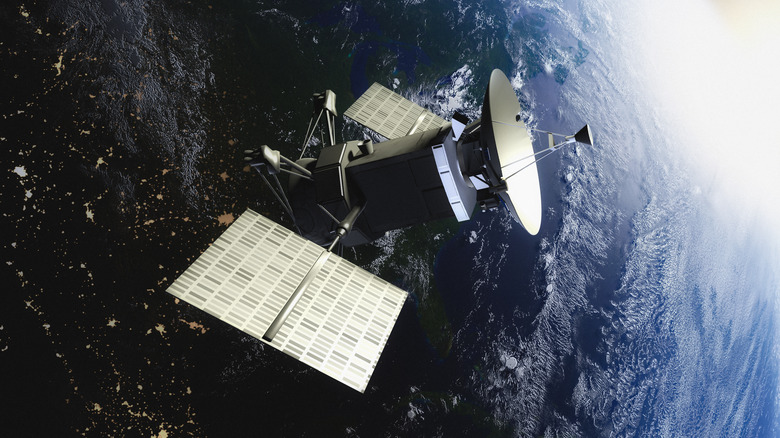Satellites Vs. Spy Balloons: Which Is More Effective For Sky Reconnaissance?
The art and craft of spying to learn about the capabilities of an adversary have been going on since the dawn of humanity. Therefore it comes as no surprise that having the ability to take to the air (or higher), observe, then report what is being seen, is of utmost value to nations. Two platforms, satellites and spy balloons, have filled this need for decades.
The era of the satellite was ushered in with the launch of the Soviet Sputnik 1 on Oct. 4, 1957. It would not be until 1959, after the launch of the U.S. satellite Explorer 1 when satellite spying became operational. The number of satellites in orbit as of May 1, 2023, has grown to a total of 7,560 with the U.S. accounting for 5,184.
Balloons have been around much longer than satellites and saw their first substantial military use for reconnaissance during the Battle of Fleurus on June 26, 1794. The French used balloons in the battle to provide intelligence on troop movements to defeat the enemy. They would continue to be used by various nations up until the present day as witnessed in early 2023 with the Chinese spy balloon incident. Both satellites and balloons have played a role in reconnaissance, but which is more effective?
Spy Satellites
Satellites are a product of the Cold War between the U.S. and the Soviet Union to gain the geopolitical upper hand through information gathering. These satellites, which SlashGear has defined as "a space-based communications system that orbits the Earth and transmits information," maintain orbit to carry out their missions. The five-ton Orion-class U.S. spy satellite NROL-44, for instance, was put into geosynchronous orbit in 2020. Its orbit is a distance of 22,000 miles from the Earth's surface.
Spy satellites utilize the latest imaging technology in their reconnaissance work. These systems can now provide an image resolution of 10 centimeters, which allows for such detail as the identification of a vehicle's specific make from space. One satellite manufacturer, Albedo, specifically states on its website that its satellites will allow an entity to "establish ground truth, monitor hotspots, predict patterns, and mobilize missions with speed."
Putting satellites into orbit is no small feat. It all comes down to the size of the satellite, and the launch costs range wildly from as little as $10 million to $400 million. Then there is the cost factor of the actual satellite construction, which includes its equipment that often consists of various computers, sensors, cameras, and the like. A weather satellite costs $290 million to build with spy satellites running up to an additional $100 million. This makes every spy satellite build and launch an extremely costly venture.
Spy Balloons
The first balloons were developed in 1783 by the French Montgolfier brothers, who rose almost 6,000 feet in the air in their 35-foot diameter balloon. Its potential military application was quickly realized and remarked upon by one interested party at the time, Benjamin Franklin. He expressed that the lower cost of fielding balloons over building ships was worth exploring for the capability to lift men onto the battlefield.
No troops were ever airlifted by balloon in that era, however. Instead, balloons quickly found an important role in discerning troop numbers and movements, mapping topography, and communicating their findings to ground commanders. In the Civil War, prominent aeronaut Thaddeus Lowe and the U.S. Balloon Corps used floating spies, and the balloon practice continued even through World War II when they hunted submarines.
Balloons in modern times have seen a resurgence. Though possessing limited navigational control, we can release balloons along wind currents thanks to our understanding of weather patterns and wind direction. Their ability to field a wide array of surveillance and other equipment, along with being able to secure more direct and closer imagery while operating at altitudes as low as 11 miles, make spy balloons a viable tool in the modern era.
The most effective is...
Spy balloons are typically outfitted, according to Rebekah Koffler, President and CEO of Doctrine & Strategy Consulting, with "a multi-sensor package ... a high-resolution camera" and "other sensors." Additionally, they are much cheaper to put in the field than a spy satellite, while having the ability to traverse territory much closer to the ground. While viable as an intelligence-gathering tool, the spy satellite is much more effective.
Spy satellites have capabilities far beyond that of balloons, beginning with control. The ability to redirect and control a satellite based on real-world events is crucial to acquiring intelligence. This allows decision-makers to react in real time. Moreover, Balloons only have finite time that their gas can keep them afloat, as opposed to a satellite that can remain in its designated orbit for years.
While being more expensive, often in the hundreds of millions of dollars, than balloons, satellites can employ much heavier equipment. This highly advanced equipment is less likely to fall out of the sky (which a balloon will do and sooner than later) and thus provides sustained reconnaissance value over time. The benefits far outweigh the drawbacks, making the spy satellite a more effective of the two.



